It was a bright, cold day in April and the clock was striking – well, 7:30am, actually, since I had a 9am appointment to mash in some finest Maris Otter at the Goose Island brewery in Fulton Street, Chicago, and I had decided to walk the three or so miles from my hotel down town, mostly because the exercise would be good for me and partly to get to know better a city I had never been to before.
I will gladly put my hand up and say yes, I am a lucky fecker, there are very few other people who will get the opportunity to brew a collaboration beer at one of the best-known breweries, certainly in North America, possibly on the planet. What have I done to deserve it? I’d like to hope researching and writing more than 1.5 million words on the subject of beer and the history of beer over the past 35 and more years, which has bought me much pleasure, a few prizes, but little financial reward, at least entitles me to a jolly occasionally.
I was in Chicago on my way back from judging at the World Beer Cup in Boulder, Colorado, a gig with a four or five-year waiting list, but which was itself great fun: I met many dozens of craft beer brewers from as far away as New Zealand, and a fair smatter of importers, bar owners and other beer writers, and heard plenty of hot goss on the craft beer industry, while trying to find the gems among the thousands of entries in more than 90 different categories.
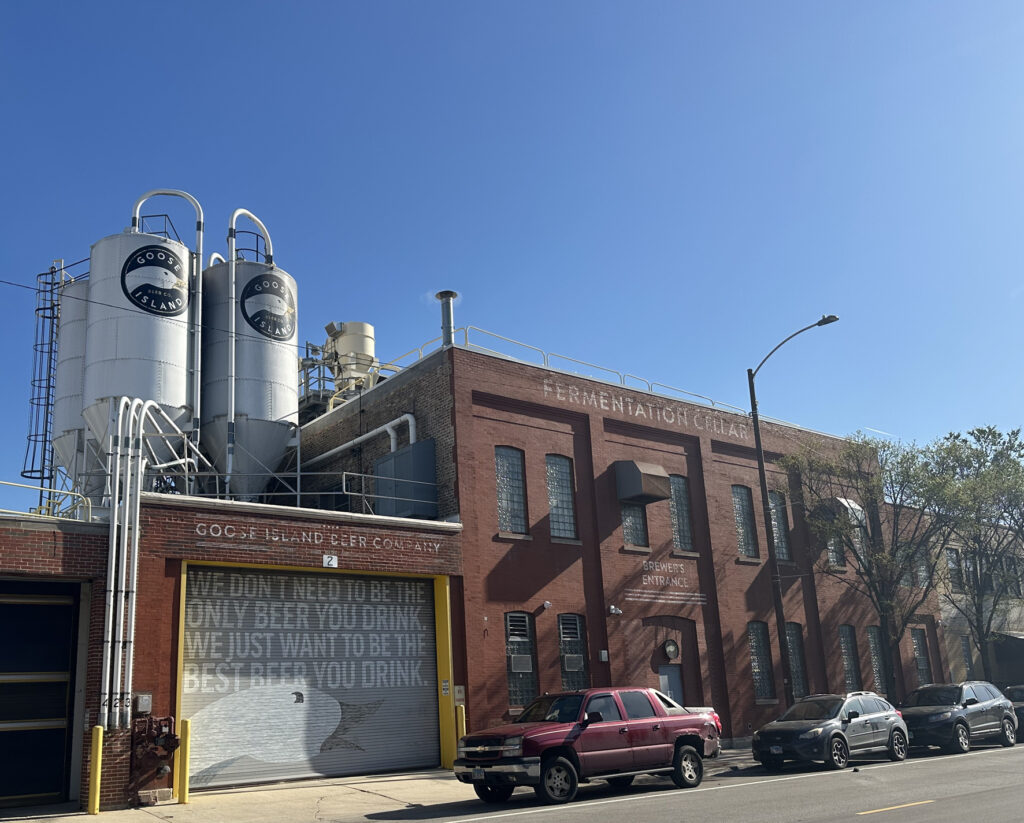
The few invitations I get to travel to the United States at someone else’s expense come along seldom enough that I like to try to fit in a side-jaunt to somewhere else at the same time, and the news that the legendary original Goose Island brewery-bar on Clyborn Avenue in Chicago would be shutting some time in the near future was the decider to make it the Windy City, a place I had long wanted to see and experience.
I had met Mike Siegel, innovation manager at Goose Island, in London on a couple of occasions when he was over for the launches of two historic recreations of old beers, the Obadiah Poundage stout and the Brewery Yard IPA, that Goose Island did with Ron Pattinson, my old mate and fellow beer historian (the Large to my Little, as those who have seen us both will know), so Mike was one of the people I asked for suggestions of beery places to go in Chicago (the other was Liz Garibay of the Chicago Brewseum, whose own excellent suggestions included the slightly flakey but fun Acme hotel in the River North area [Me: “The ‘down’ button isn’t working on the elevator door on the 12th floor.” The receptionist: “Yeah, it’s been like that for a couple of months, you need to press the ‘up’ button instead.”] and the excellent Kingston Mines blues club, where I ate a hot dog and drank an Old Style while listening to some cracking electric blues, for the authentic Chicago experience).
Mike, meanwhile put up half a dozen places to see, and then asked if I would like to come and brew a collaboration brew on Goose Island’s little pilot brewery, a question that took about a Planck moment to say “yes” to.
I fancied trying a dark mild, a beer that a number of American craft brewers are beginning to introduce, but Mike persuaded me that dark beers don’t do well in Chicago summers, so instead we went for an AK, a type of light bitter once widely popular in the Midlands and south of England, but now almost vanished. Even in the 1970s there were four or five brewers making AKs, in Kent, Hertfordshire, South Wales and Nottinghamshire. Only McMullen in Hertford still brews one, though in the 19th century there were 14 or 15 breweries in Hertfordshire alone with an AK in their line-ups, and hundreds more elsewhere. It was always the weakest and cheapest of the four or five bitter beers each brewer would offer (alongside four or five each of mild and old ales, and porters and stouts), and would cost a shilling a gallon, meaning an original gravity of around 1045º.
AK was frequently described as a family ale or a dinner ale, and there is evidence that at least some brewers would only sell it in the family market (where a pin – 4 ½ gallons – of beer would be delivered to the home for everyday consumption) and not the pub trade, for fear that publicans would try to pass it off as a more expensive brew. Nobody, incidentally, has managed to put forward a convincing explanation for what AK stands for– the “K” suggests a keeping beer, but AK was too weak to be a keeping beer (and even weaker after the Great Gravity Crash of 1917 to 1921, when it fell to below 1036º and was frequently sold as a “light mild”.) There were also other beers named XK, AK and KK, as well as brews with higher number of Ks.
A mid-Victorian AK, around 1875 or so, was an utterly simple brew: just pale malt, Fuggles for bitterness and later additions of Goldings for flavour. Mike decided the recipe (a tweaked version of one of Ron Pattinson’s) was like a Victorian West Coast IPA, in its dryness, hoppiness and likely clarity. Maris Otter was the malt, being the closest easily available variety to the sorts of landrace barleys Victorian brewers used. As I wielded the mash fork like a Victorian (albeit in the modern brewer’s uniform of hi-viz jacket, protective baseball cap and goggles, rather than red stocking cap and white apron), the aroma was marvellous. Alas and woe, I’m not going to taste the final beer, but if you’re in the area, pop into the Fulton Street taproom about now …
My AK will be one of 80 or so different brews made in the Goose Island experimental brewery this year by the team, which includes brewer Emily Kosma from California, who trained as a food technician but decided she wated to work in an industry where the consumers of the product she was making felt less remote. The brews maturing in the tanks while I was there included a goosegrass and mugwort Kölsch, something called Imperial Juicy Beer Hug, and West Coast IPA 2023 version 2. The ideas for the beers come from panels involving employees from all parts of the business, from the packaging department to office staff. Bringing in non-brewers, Mike Siegel says, helps the brewers think outside of the box, since the outsiders sometimes make suggestions that professional brewers would not begin to consider.
After my five minutes with the mash fork was finished, Mike took me off to try some more brews in the brewers’ bar. One was the special 35th anniversary cuvee put together to mark the brewery’s founding in 1987, which will be released about now It’s a monstrous-sounding blend of five different recipes, including a barley wine, an imperial stout, a chocolate rye stout and a Belgian quad, aged in four different barrel types, bourbon, rum, cognac and plain toasted (themselves ranging in age from a few months to 17 years) for periods of between 18 and 36 months, and it weighs in at 14.8 per cent alcohol by volume. Only 35 barrels of this blend have been made, it’s dry, delicious and full of character, and if you see it, I would certainly recommend you try it.
Another brew was made with an experimental hop called Samantha, grown on Anheuser-Busch’s Elk Mountain hop farm in Northern Idaho. Samantha adds a lovely strawberry flavour, though she was suffering, Mike said, from a slight smokiness caused by the effects of the fires that hit Northern Idaho last year. To my palate that was barely noticeable, and I am prepared to predict that Samantha will be popping up in a wide stretch of brews from Belgian wheat beers to Catharina sours.
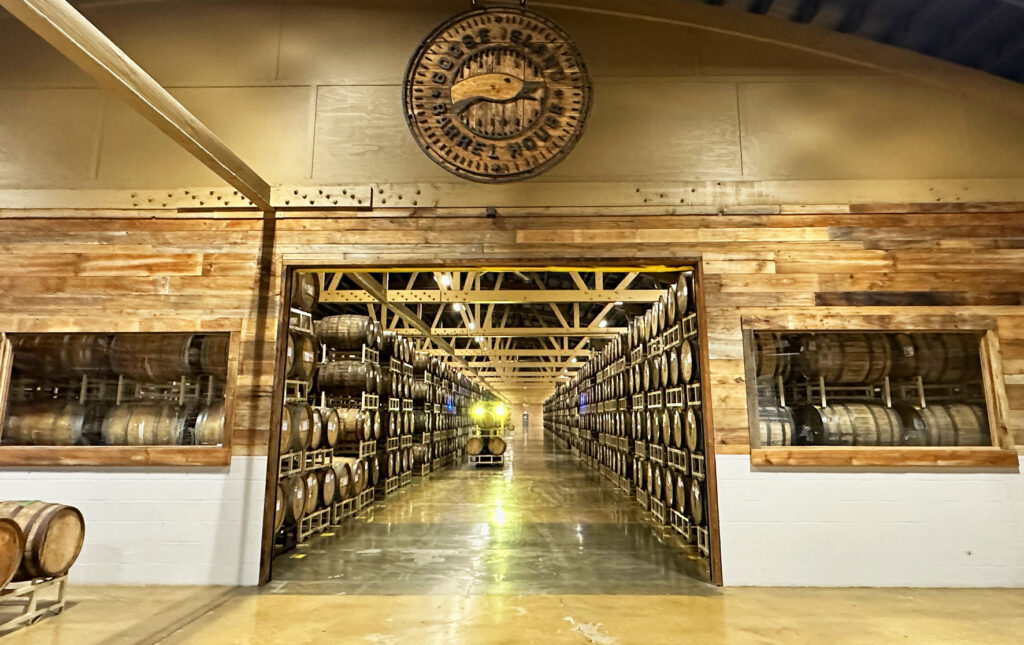
After a tour of the brewery set-up at Fulton Street, during which I was delighted to see quite a few tonne-weight bags of malt from Crisp, who have a maltings not far from me in Norfolk, and a look at the barrel-ageing room, where many thousands of gallons of Bourbon County Stout lay slumbering, we were off to Clyborn Avenue, where John Hall opened the original brewpub back in 1988. The landlord of the building apparently wants too much rent, and the brewpub will be moving half a mile away on the other side of the North Brand of the Chicago River, and to the west of the actual Goose Island. And then, to my personal fanboy thrill and amazement, while Mike and I were standing at the bar, John Hall himself walked in. John sold Goose Island to Anheuser-Busch in 2011 for $38.8 million, of course, and now, aged 80, he doesn’t have anything official to do with Goose Island, but he still likes to call in to Clyborn Avenue for a beer. I had met John in 2017 at Goose Island’s ill-fated opening of a gastro pub in Balham, South London, and I was secretly delighted that six years on he remembered me. What a saddo I am.
Anyway, after a couple or three of beers it was away for whizz round Chicago that included the Beer Temple on Elston Avenue, and a chance to try handpumped American beer, and Laschet’s Inn on Irving Park Road, the centre for Chicago’s lovers of German beer and smoked pork butt, before finishing off at Dovetail Brewery in Belle Plaine, founded seven years ago and run by Hagen Dost and Bill Weselink.
In a community – craft beer – filled with enthusiasts, you won’t find anyone more enthusiastic than Hagen. It was 10pm by the time we arrived, and he was still eager to show me round his brewery, with its 120-year-old copper kettle, originally from the Weihenstephan brewery in Bavaria, open fermenters and custom open coolship designed by Hagen and Bill– and I was delighted to be taken round. The beers are firmly in the central European tradition – Helles, Hefeweizen, Pilsner, Grodziskie and so on – made in a brewery that is not so different from the kind you will still find in small towns in Germany or Poland. Hagen and Bill deliberately chose to equip their brewery with small, open fermenters, and a traditional coolship, in the firm belief that they help to produce better-flavoured beer. The results are certainly impressive: indeed, Ron Pattinson calls Dovetail’s beers “absolutely superb”, and I’m not going to disagree.
In all it was a fabulous day, Mike was a tremendous and generous host, and I had a wonderful time drinking great beers, meeting great people and being taken to great places. The next day I went back to Fulton Street to pick up some beers, Mike had given me, a bottle of Suffolk County, Goose Island’s collaboration with Adnams, an imperial stout aged in Adnams whisky barrels, and three bottles of Black Eagle, an English barley wine produced in collaboration with Ron Pattinson and Derek Prentice of Wimbledon Brewery and based on the barley wine Derek used to brew at Truman’s brewery in Brick Lane. In the taproom in Fulton Street, entirely by chance, I met Steve Hamburg, Chicago’s great cask beer enthusiast, and whoops, away we went on another long chat about matters crafty and beery …
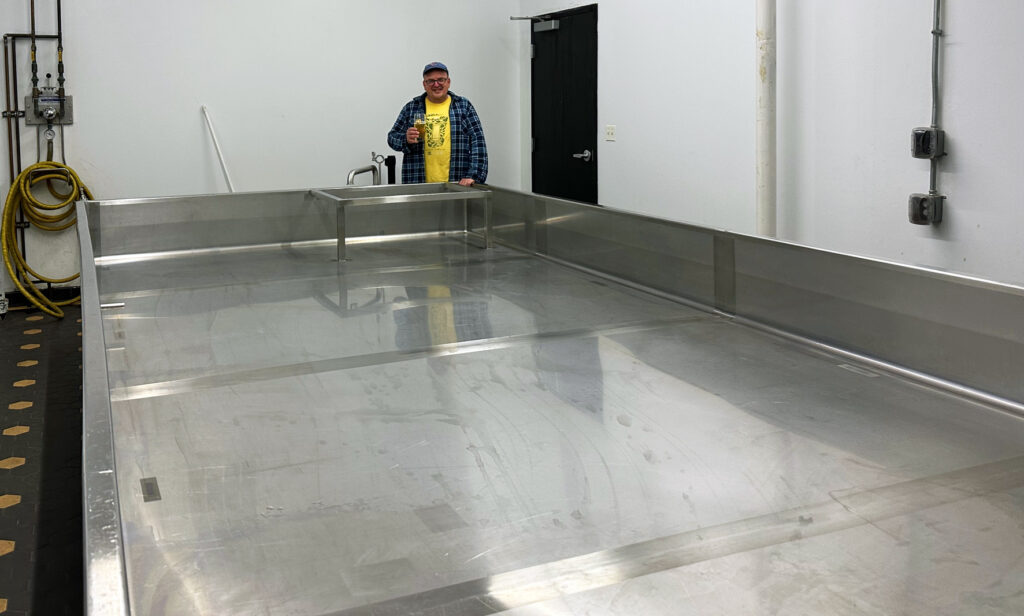
Disclosure time: There will be chapters about Goose Island in both my next two books. Both were written before this trip was planned. Much of my trip was covered by the Brewers’ Association, which pays a stipend to judges attending the World Beer Cup, but the side-jaunt to Chicago and the stay in the Acme Hotel were paid for by me. And I bought Mike supper in the Laschet’s Inn, to try to ease the strain on his expense account …

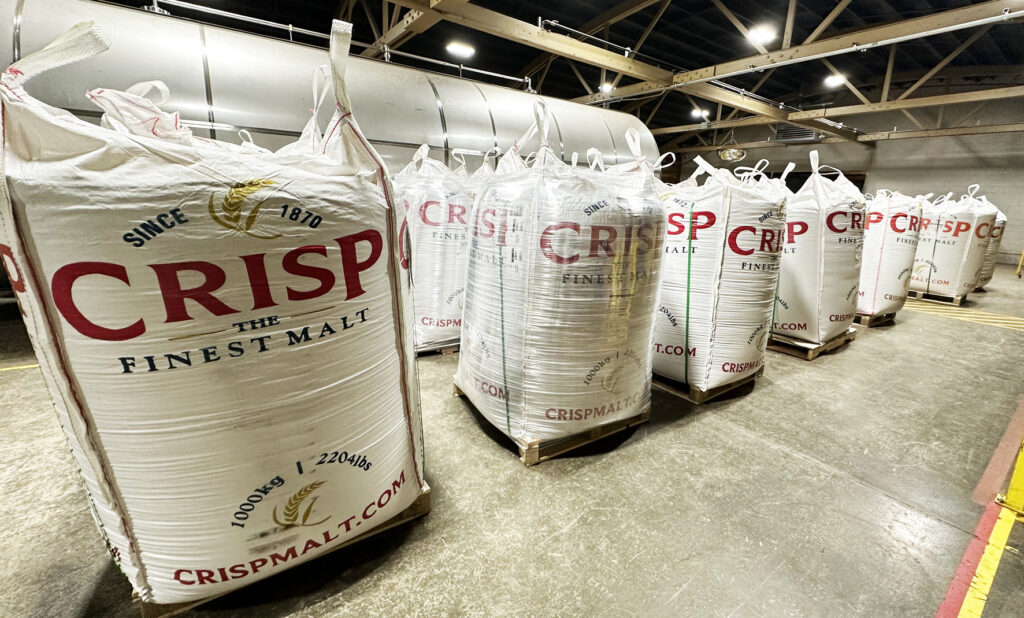
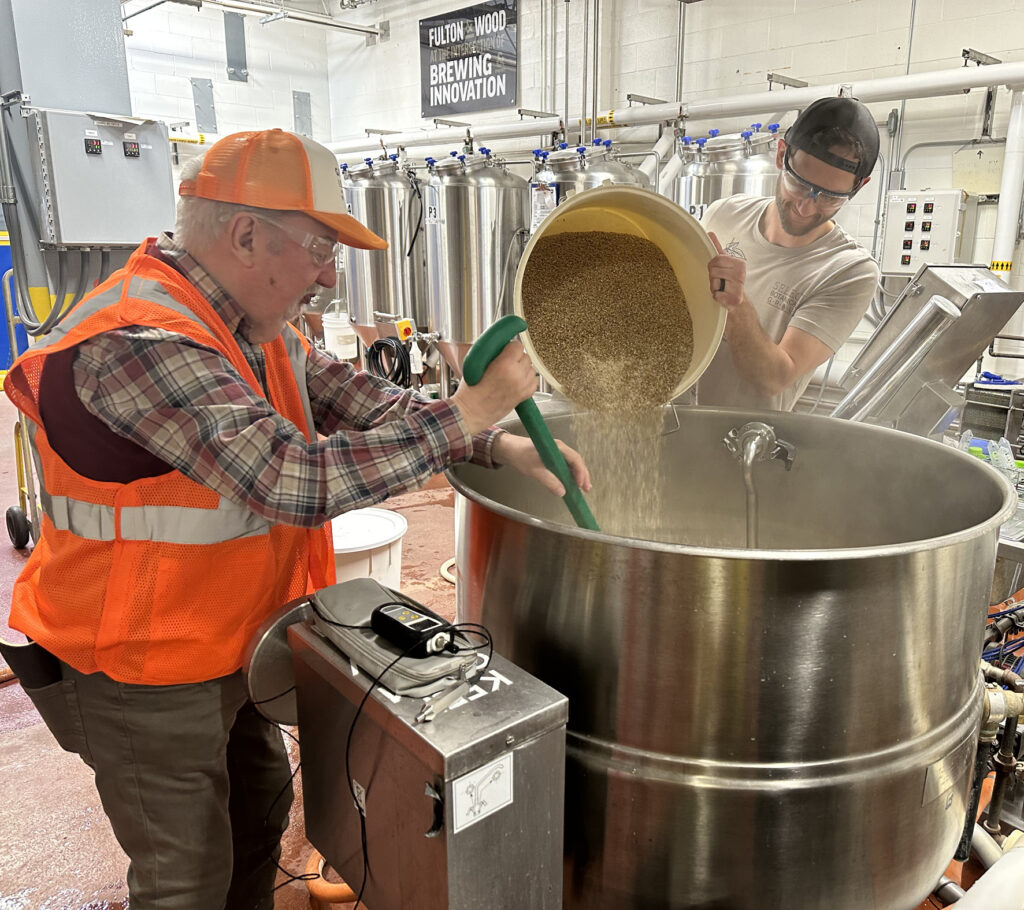
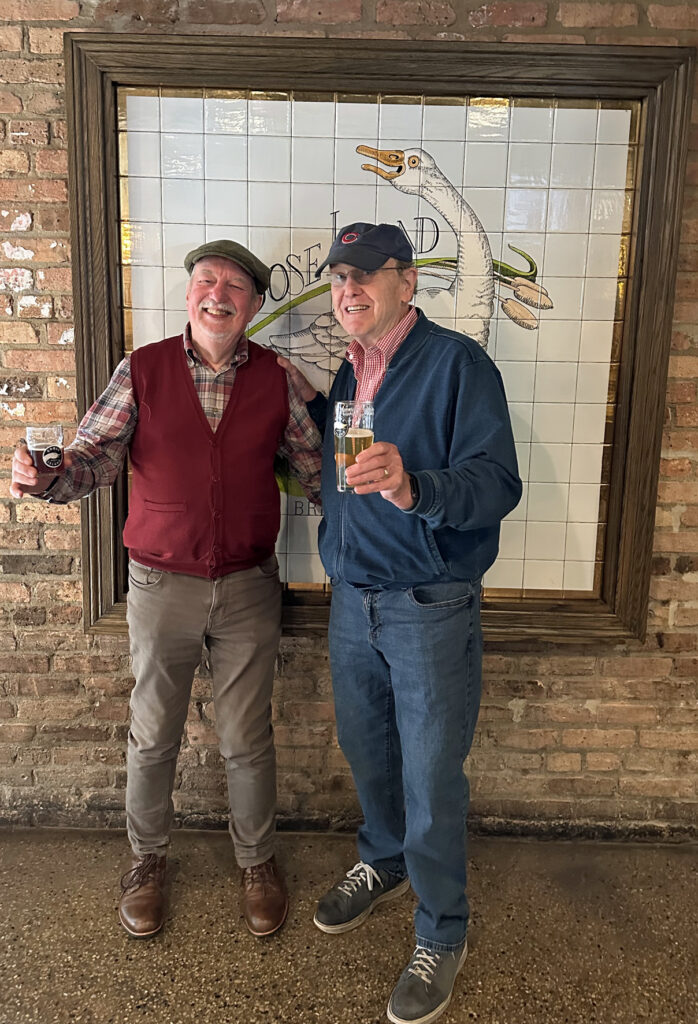
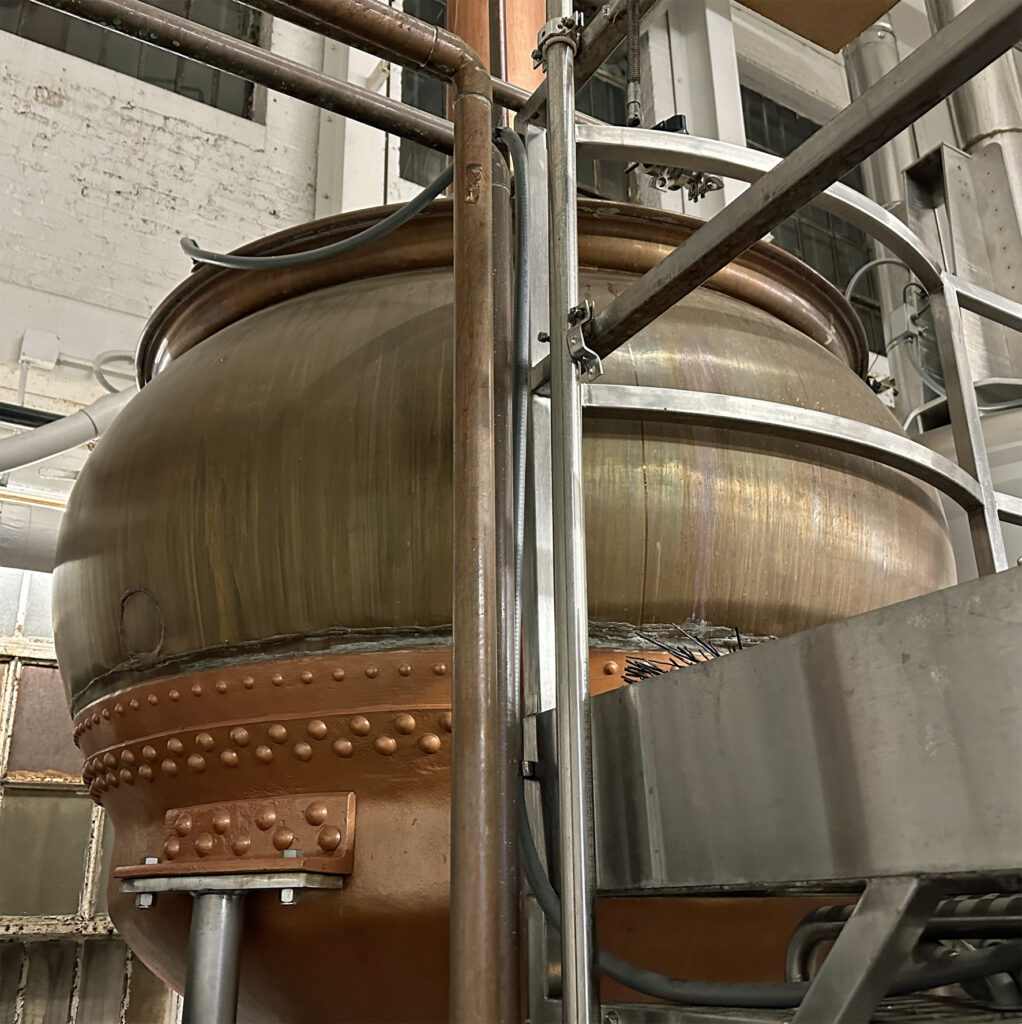

Great article, l’m very envious as its been years since l was in the GIB in Chicago and an incredible number of things beer wise have changed in that interval! Sounds like you had a blast which is great!
Sounds like a great time – well-deserved, I’m sure.
Ha! Such a great read, with several overlapping experiences. I was also in Chicago on my way back from judging the Nashville phase of World Beer Cup. I hope Tracy bought you a pint, as I think she was the only (imported) Kiwi in Colorado. We (my wife and I) also got a tour of Dovetail after being very impressed with both the beer and the friendly service. Your beer wasn’t yet on at Goose Island Clybourne as of this past Saturday. A shame, as I’d have loved to try it. Also, Steve Hamburg is the nicest guy around and I regret being so busy on this visit that I failed to reach out to him. Partly due to attending Cubs games, which he would hate. 🤣🍻
Long time reader, first time commenter
Greig the Kiwi
Interesting story Martyn you could have suggested a pale mild or one of the Perry’s mild’s towards the end.
When I lived in Bucktown in the mid-90s and early 2000s I spent a TON of time in the Clybourn brewpub, and as a consequence have my name on a plaque as an MBA – Master of Beer appreciation. It won’t be the same with Goose not being in that location, but maybe the new location will be better. Glad you got to experience our great beer town.